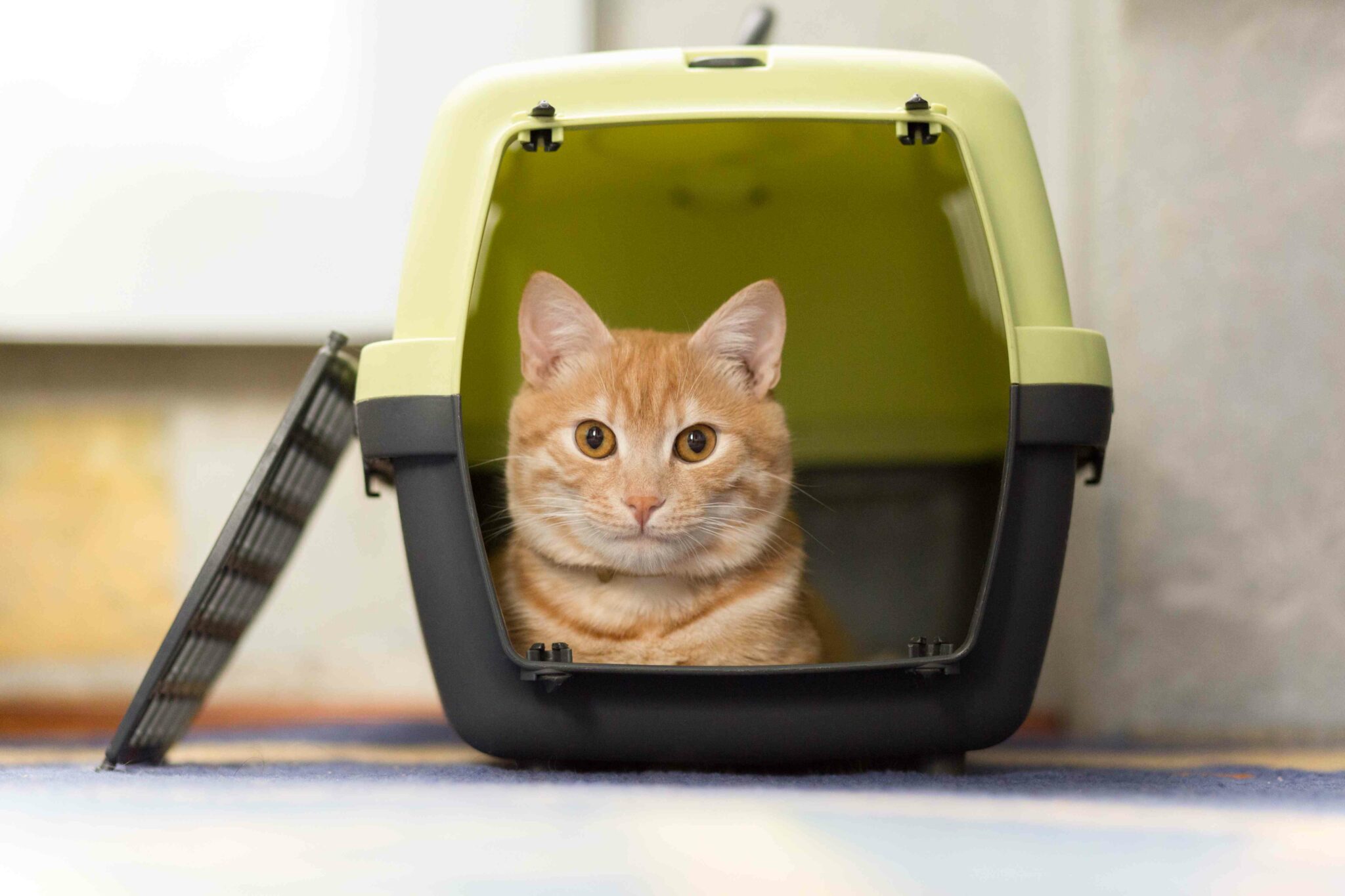この投稿文は次の言語で読めます:
日本語 (Japanese)
In our current era of increasing large-scale natural disasters, if you find yourself needing to stay at an evacuation shelter, as a pet owner you will naturally want to bring your beloved cat along.
Preparing ahead of time for evacuation with your cat in mind is extremely important to ensure you can both reach safety if a disaster strikes.
By reading this article, you can be ready to survive together with your cat should the worst happen.
Preparation by the Owner Before Evacuating
Essential Items to Have Ready
①A Carrier
When cats panic, they can run wild and quickly escape to places out of reach. Especially during transportation, always keep them inside a carrier.
②Their Usual Food
Place the cat food you regularly give them in a Ziploc bag or similar container ahead of time.
Having at least one week’s supply on hand will help you feel more secure.
③Cat Litter for the Litter Box
Unlike dogs, many cats won’t relieve themselves unless they have a litter box. However, bringing an entire litter box might be difficult.
So at the very least, prepare a small bag of the cat litter you regularly use.
By lining a cardboard box or empty container with the litter, you can create a makeshift toilet.
④A Collar
If you get separated along the way, or in a shelter with various animals, having a visible indicator that it’s your cat is very important.
Even if your cat doesn’t usually wear a collar, make sure to put one on during evacuation.
⑤Medication
If your cat has a chronic condition that requires continuous medication, make sure you have it ready to go.
Recommended Items if You Have the Capacity
①Harness and Leash: For when you temporarily let your cat out of the carrier/cage at the shelter
②Pet Sheets: Makes cleaning up urine easier (also can be used as a makeshift bandage to stop bleeding if your cat is injured)
③Pet Notebook: Includes your cat’s information, the owner’s name, address, and contact details (best if it has a photo of your cat)
④Duct Tape: For reinforcing the carrier and other DIY tasks
⑤Bowls
⑥Laundry Net: For scared cats, being in a net often helps them feel calmer
⑦Bath Towels and Blankets: To cover the carrier and help your cat relax, or for warmth
⑧Waste Disposal Bags: For disposing of feces and urine. Bags with odor-blocking features are recommended
Securing and Simulating Shelter/Evacuation Routes
Make a list of multiple shelters that accept cats in advance.
After listing them, set up evacuation routes for each shelter. It’s good to plan several possible routes.
It’s important to simulate these scenarios, taking into consideration that you will have extra luggage and limited mobility compared to others.
Get Your Cat Used to Things in Everyday Life!
Even if you suddenly have to live in an evacuation shelter, you can help prevent your cat from panicking by training them regularly.
Training to Get Used to People and Other Animals
To prevent your cat from becoming overly stressed or getting sick, or urinating/defecating inappropriately when near other animals and people, occasionally expose them to visitors outside your immediate family so they can gradually get used to it.
Carrier and Cage Training
During a disaster, a cat that has never seen a carrier may not willingly go inside. Get your cat used to being in a carrier or cage on a regular basis.
Food Training
If you frequently change your cat’s food or give them only treats, they may become picky eaters.
In a disaster situation, cat food options may be limited, so try to keep your cat on consistent food in everyday life.
Collar and Harness Training
Suddenly trying to put these on often makes cats resist, so train your cat by putting them on about once a month. This way, you’ll be able to attach them smoothly in an emergency.
How to Avoid Trouble at the Shelter
Keep in mind that there may be other cats, animals, and people at the shelter, so be diligent about prevention and training on a daily basis.
Not only is this consideration for those around you, but it’s also essential for safeguarding your cat’s health.
Vaccinations
Diseases can spread easily in the enclosed environment of an evacuation shelter.
Vaccinating prevents your cat from catching illnesses from other cats and from passing them on to others.
Also, some shelters may not accept cats that have not been vaccinated, so make sure to get annual vaccinations.
Spaying and Neutering
Female cats in heat may cry out loudly throughout the night.
Male cats that are not neutered may spray urine on walls in a behavior called “spraying.”
If there is no intention to breed, make sure to have your cat spayed or neutered.
Parasite Control and Prevention
Fleas, ticks, and lice can easily multiply in a shelter environment. They can also spread from cats to humans, so either use prevention regularly or at least administer preventive medication during your stay at the shelter.
The most common form of prevention is a topical medication applied to the skin. Some over-the-counter products may not be very effective, so it’s best to consult with your veterinarian.
Microchip Implantation
A microchip is an ultra-small chip implanted under the skin. By scanning it with a special device, one can read a number that’s linked to the cat’s and owner’s registered information.
It’s extremely useful if a collar comes off or if the collar alone isn’t enough to identify your cat, so it’s recommended to have one implanted.
Implantation can be done quickly at a veterinary clinic using a device similar to a syringe.
Conclusion
How did you find this information? Disasters are unpredictable and can occur at any time or place.
Cats are more sensitive to changes in their environment compared to dogs and can easily become stressed.
By getting your cat used to carriers and collars, and preparing items they use regularly, you can help reduce their stress during shelter life.
“Disaster preparedness is not accomplished in a single day.” Use your current free time to simulate evacuations, maintain preventive care, and schedule spay/neuter procedures so you’ll be ready when it matters.
この投稿文は次の言語で読めます:
日本語 (Japanese)




コメント